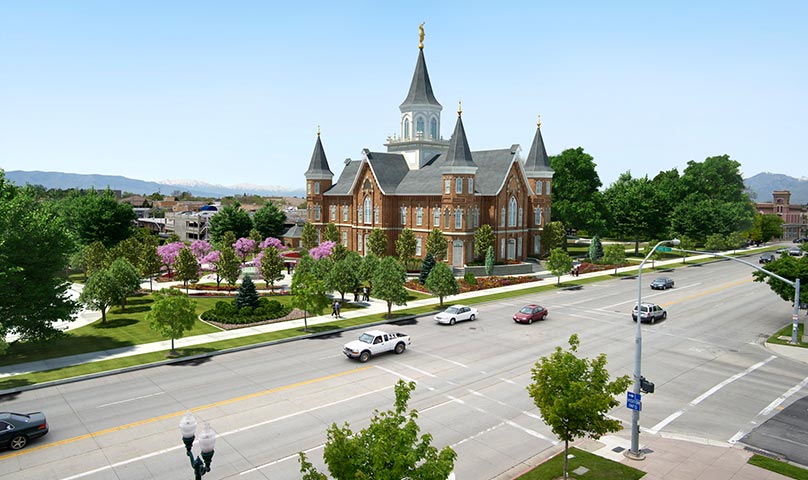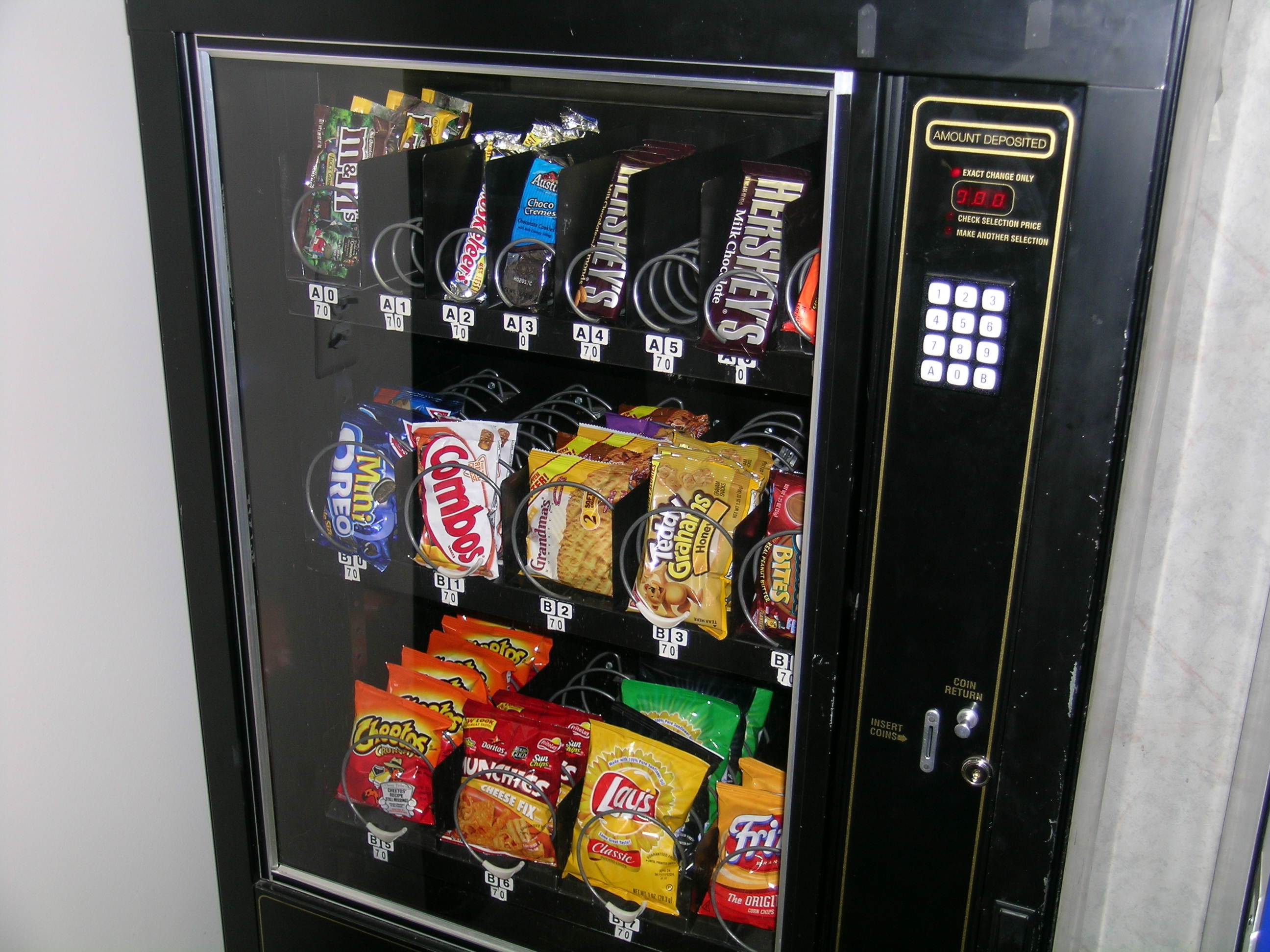Cool facts about the Provo City Center Temple
Two and a half years have passed since the fire which gutted one of Provo’s most beloved structures. In October 2011, I was part of the 21,000+ crowd in the Conference Center (joined by millions more around the world) that gasped in delight when President Thomas S. Monson announced in General Conference that the tabernacle would be repurposed as a temple.
Sunday, members of the Provo South Stake (and many others) packed a stake center from the rostrum in the chapel to the stage in the cultural hall to listen as the temple project manager, Andy Kirby, spoke about the history, progress, and symbolism of the tabernacle. Here are a few cool facts I learned about the construction of the Provo City Center Temple.
Digging it all out.
If you’re like my wife and I, you’ve probably passed the construction site a dozen times in the past couple months, looked, and thought to yourself, “Nope, not much has changed.” Well, we were dead wrong. Most of the work up to this point has been cleaning, excavating, and reinforcing the interior both above and below ground.
“We intend this to last up to the Second Coming plus a thousand years,” Brother Kirby said.
What is all the digging for?
Brother Kirby told us that before the October 2011 announcement, the Church asked him if the tabernacle could be repurposed as a temple. His initial response was that there was no way it would work. Nevertheless, Brother Kirby and others carefully examined the tabernacle and the surrounding area and determined that with the addition of two underground levels, the tabernacle could indeed become a temple. Brother Kirby even said that he felt Heavenly Father, knowing the future of the building, had a hand in its design.
“I believe that the building was originally intended to be a temple,” Brother Kirby said.
Building on stilts.
By now, most people in the Provo area have seen or at least heard about the stilts which are currently holding the tabernacle up. What you may not know is that the stilts extend deep into the ground. They are long enough and sturdy enough to hold a building in position while two floors (appx. 20 feet each) were excavated below it. Workers didn’t move the future temple up or down, north, south, east, or west. The building is in the same position as it was before. Brother Kirby said that they hope to have the temple firmly connected to the foundation within a couple weeks.
 What will happen to the Second Coming image by Harry Anderson?
What will happen to the Second Coming image by Harry Anderson?
The painting (pictured at right) that became famous when the tabernacle fire failed to burn the image of Christ at the center will almost definitely not be on display in the new temple. According to Brother Kirby, Church leaders fear that the painting would become a sort of shrine that would distract from the purpose of the sacred building. When asked what the future of the painting was, Brother Kirby had a quick response prepared.
“That’s easy,” Brother Kirby said. “I don’t know.”
The Church History Department and BYU archeological teams will determine what will happen with other items recovered at the site. These include items found from the Old Provo Tabernacle, a much smaller building that was the predecessor to the Provo tabernacle that we’re familiar with.
What will the temple grounds be like?
The Temple grounds will stretch from Center Street on the north to 200 South. An underground parking lot will be available for temple guests and will feature an underground entry to the temple. The vision for the grounds has been described before as a miniature Temple Square in Provo. There will be two buildings on the temple lot apart from the Temple itself: a non-patron waiting pavilion and a maintenance building. Brother Kirby indicated that there aren’t any plans for a visitor center at this time.
What will the inside of the temple be like?
As previously mentioned, there will be two entrances, both on the south side of the building: one on the main level and the other in the underground parking lot. Locker rooms, initiatory, and the baptismal font will be found in the underground levels. The main level will have a chapel. The upper level will be devoted to sealing rooms and progressive endowment rooms (similar to what is found in the Oquirrh Mountain Temple.) Also like in Oquirrh Mountain, the temple will feature very limited clothing rental and will have no cafeteria.
As with many other Saints, I look forward to the restoration and dedication of the Provo City Center Temple. The Spirit that the temple brings both into the community and into the lives of individuals that live there is without compare. Although no completion date is set, I can’t wait for the new temple to open.





